Painted Lady Butterfly
- March 1, 2024
- 0 comment
The Painted Lady butterfly, scientifically known as Vanessa cardui, is a captivating insect species renowned for its exquisite beauty and fascinating behavior. With wings adorned in vibrant hues of orange, black, white, and hints of blue and brown, it captivates observers in meadows, gardens, and fields worldwide. This delicate butterfly species boasts a wingspan typically ranging from 2 to 2.5 inches (5 to 6.5 centimeters), making it a graceful presence wherever it goes. Despite its fragile appearance, the Painted Lady butterfly is a resilient traveler, undertaking remarkable migratory journeys across continents, except Antarctica.
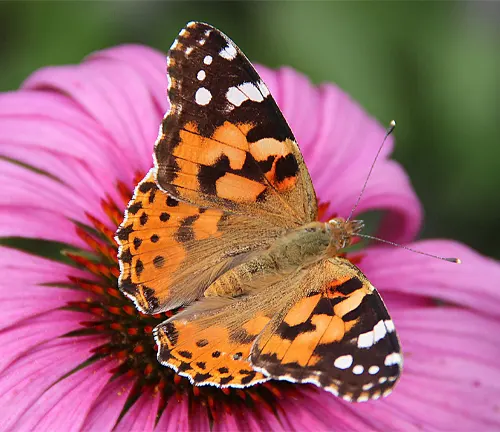
Its life cycle comprises four distinct stages: egg, larva (caterpillar), pupa (chrysalis), and adult butterfly, each phase contributing to its remarkable transformation. As pollinators, Painted Lady butterflies play a vital role in ecosystems, facilitating the fertilization and reproduction of flowering plants. However, like many other species, they face threats such as habitat loss, pesticide use, and climate change, necessitating conservation efforts to safeguard their populations. Beyond its ecological significance, the Painted Lady butterfly holds cultural significance, symbolizing beauty, transformation, and freedom in various societies. Overall, the Painted Lady butterfly stands as a symbol of resilience and wonder in the natural world, captivating hearts and minds with its ethereal presence.
| Attribute | Description |
|---|---|
| Scientific Name | Vanessa cardui |
| Common Name | Painted Lady Butterfly |
| Wingspan | 2 to 2.5 inches (5 to 6.5 centimeters) |
| Color | Orange, black, white, with hints of blue and brown |
| Habitat | Meadows, fields, gardens |
| Distribution | Found on every continent except Antarctica |
| Life Cycle | Egg, larva (caterpillar), pupa (chrysalis), adult butterfly |
| Migratory Behavior | Undertakes extensive migrations across continents |
| Role in Ecosystem | Pollinator, facilitates fertilization of flowering plants |
| Threats | Habitat loss, pesticide use, climate change |
| Conservation Status | Widespread but faces threats, conservation efforts needed |
| Cultural Significance | Symbolizes beauty, transformation, and freedom |
Painted Lady Butterfly: A Delicate Beauty
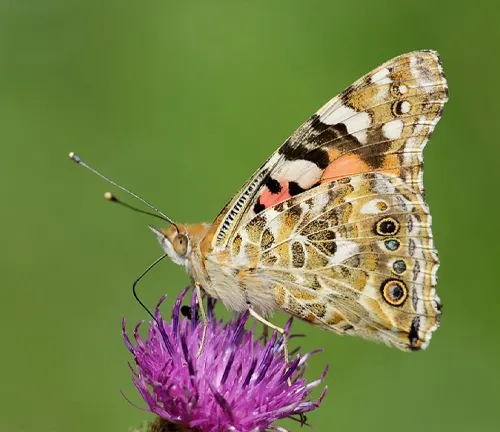
The Painted Lady butterfly is a captivating insect species that enchants observers with its vibrant colors and graceful flight. This article provides an in-depth exploration of the fascinating world of the Painted Lady, covering its physical characteristics, life cycle, migratory behavior, ecological significance, and more.
Life Cycle
The life cycle of the Painted Lady butterfly is a remarkable journey comprising four distinct stages:
Egg stage
The life cycle begins when a female Painted Lady butterfly lays eggs on host plants, such as thistles or nettles. These tiny, oval-shaped eggs are usually laid singly or in small clusters on the underside of leaves. The eggs are typically pale yellow or green in color and have ridges or sculpted patterns on their surface.
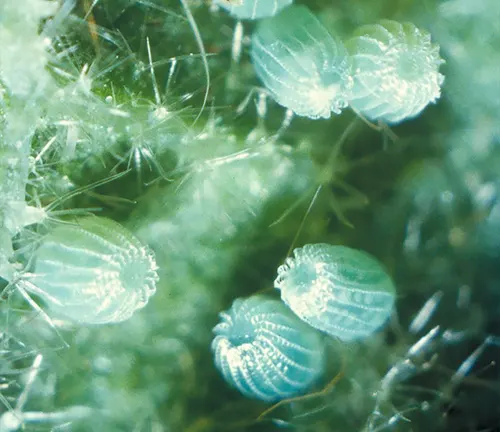
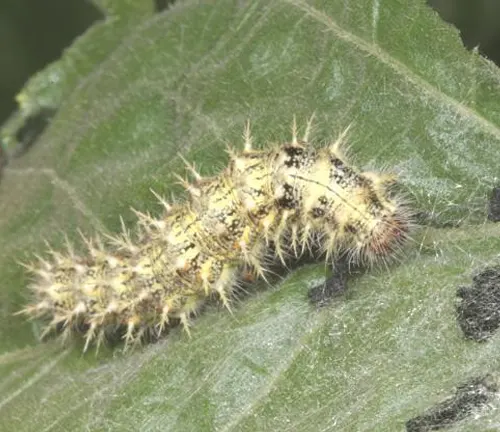
Larva (caterpillar) stage
Upon hatching from the egg, the Painted Lady larva, or caterpillar, emerges. Initially, the caterpillar is tiny and black with spiky hairs. As it grows, it goes through several instars, or stages of growth, during which it sheds its outer skin to accommodate its increasing size. The larva feeds voraciously on the leaves of host plants, consuming large quantities of vegetation to fuel its rapid growth.
Pupa (chrysalis) stage
After the larval stage, the caterpillar undergoes metamorphosis and transforms into a pupa, also known as a chrysalis. The pupa is a non-mobile stage during which the caterpillar’s body undergoes extensive changes. Initially, the pupa is soft and green, but it gradually hardens and takes on a more characteristic chrysalis shape. Inside the chrysalis, the caterpillar’s body is reorganized, and tissues are broken down and rebuilt to form the adult butterfly.
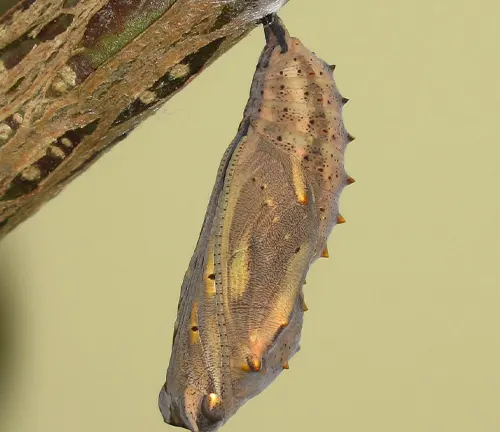
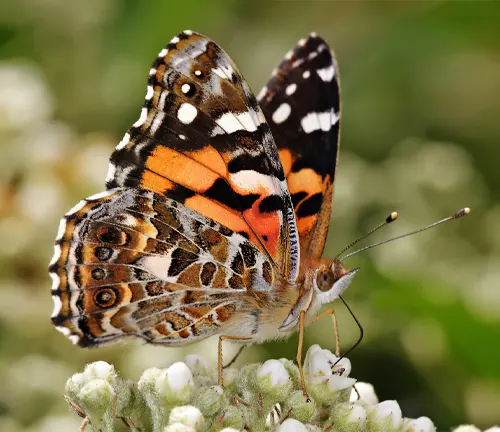
Adult butterfly stage
Finally, the adult Painted Lady butterfly emerges from the chrysalis. Initially, its wings are soft and crumpled, but they quickly expand and harden as they dry. The newly emerged butterfly pumps fluid into its wings to extend them fully, and it must wait for its wings to harden before it can take flight. Once its wings are fully developed, the Painted Lady butterfly embarks on its journey as a graceful and colorful flyer, seeking nectar from flowers and contributing to pollination as it goes.
Behavior and Migration
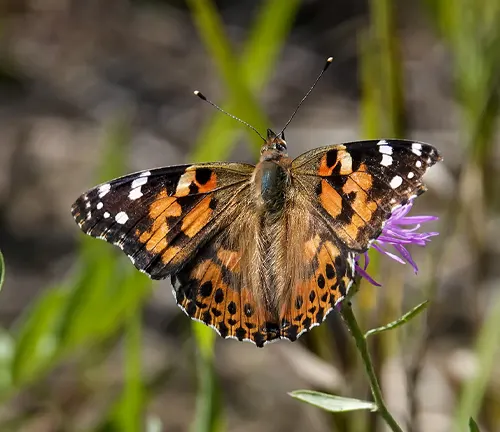

Behavior
Painted Lady butterflies exhibit a range of behaviors that contribute to their survival and reproduction. They are diurnal insects, meaning they are active during the day, especially in sunny weather. Their behavior revolves around feeding, mating, and finding suitable habitat for laying eggs.
- Feeding: Adult Painted Lady butterflies primarily feed on the nectar of flowers using their long proboscis. They are attracted to a variety of flowering plants and are known to have a particular affinity for plants with brightly colored blooms and sweet fragrances.
- Mating: Like many butterfly species, Painted Lady butterflies engage in courtship rituals to find suitable mates. Males actively seek out females, often displaying territorial behaviors to establish dominance and attract potential partners.
- Egg-laying: Female Painted Lady butterflies carefully select host plants, such as thistles or nettles, on which to lay their eggs. They use sensory cues to identify appropriate sites for oviposition, ensuring that their offspring will have an adequate food source upon hatching.
Migration
Painted Lady butterflies are renowned for their impressive migratory behavior, which involves extensive journeys across continents. While not all populations of Painted Lady butterflies migrate, many undertake remarkable migrations under favorable conditions. Here are key aspects of their migration:
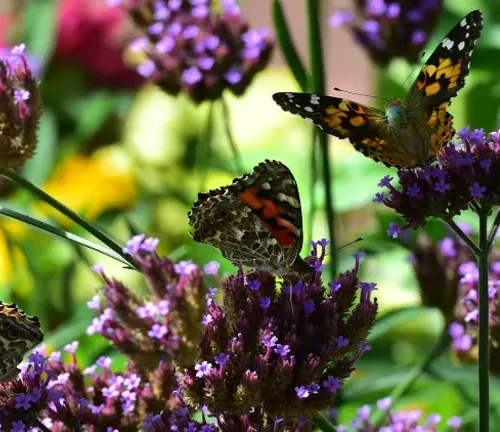
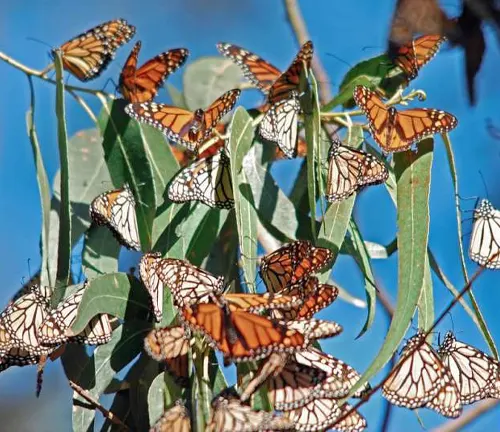
- Long-distance travel: Painted Lady butterflies are capable of traveling thousands of miles between breeding and overwintering grounds. They undertake these migratory journeys in response to factors such as seasonal changes, food availability, and temperature fluctuations.
- Multi-generational migrations: Painted Lady migrations often involve multiple generations of butterflies. Each generation may contribute to the overall migration, with successive generations continuing the journey initiated by their predecessors.
- Migratory cues: The exact mechanisms that trigger Painted Lady migrations are not fully understood, but factors such as wind patterns, temperature, and daylight cues are believed to play significant roles in guiding their movements.
- Global distribution: Painted Lady butterflies have a cosmopolitan distribution and can be found on every continent except Antarctica. Their migratory behavior allows them to colonize new areas and adapt to changing environmental conditions.
Significance in Ecosystem
The Painted Lady butterfly holds significant importance in ecosystems due to its role as a pollinator and its position within food webs. Here’s an overview of its significance:
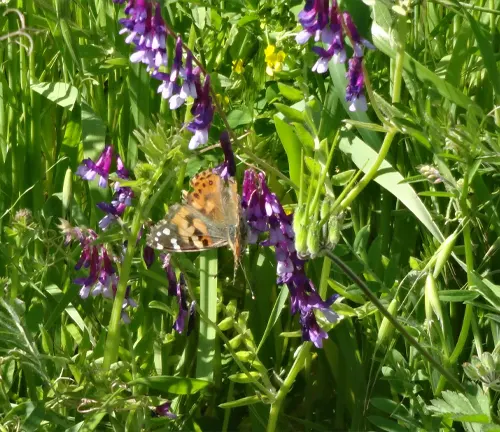
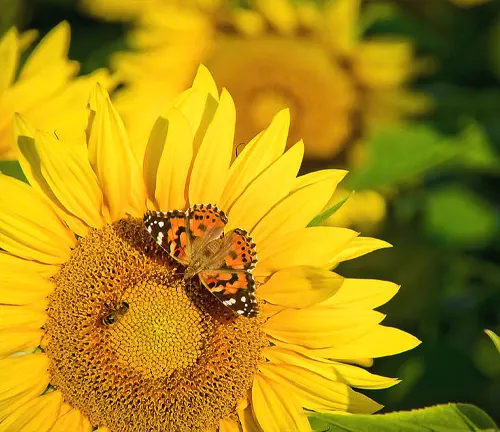
- Pollination: Like many other butterfly species, Painted Lady butterflies play a crucial role in pollination. As they visit flowers to feed on nectar, they inadvertently transfer pollen from one flower to another, facilitating fertilization and the production of seeds and fruits. This process is essential for the reproduction of flowering plants and the maintenance of biodiversity in ecosystems.
- Diverse plant interactions: Painted Lady butterflies have a wide range of host plants on which they lay their eggs and from which their caterpillars feed. By interacting with various plant species, they contribute to the health and diversity of plant communities. Additionally, their preference for certain nectar-rich flowers can influence the distribution and abundance of flowering plants in their habitats.
- Food source for predators: Throughout their life cycle, Painted Lady butterflies serve as a vital food source for a variety of predators, including birds, spiders, insects, and small mammals. Their eggs, larvae (caterpillars), pupae (chrysalises), and adult butterflies provide sustenance for predators at different stages of development, contributing to the intricate web of life in ecosystems.
- Indicator species: The presence and abundance of Painted Lady butterflies can serve as indicators of ecosystem health and environmental changes. Monitoring their populations and migration patterns can provide valuable insights into the impacts of habitat loss, climate change, and other factors on biodiversity and ecosystem functioning.
Conservation Status
The conservation status of the Painted Lady butterfly is generally considered to be of least concern according to the International Union for Conservation of Nature (IUCN). This designation suggests that overall, the species is not facing immediate threats of extinction. However, it’s important to note that specific populations of Painted Lady butterflies may be affected by localized threats and environmental changes.
While the Painted Lady butterfly is widespread and adaptable, it is still vulnerable to various factors that can impact its populations, including:
- Habitat loss: Destruction and degradation of natural habitats due to urbanization, agriculture, and other human activities can reduce the availability of suitable breeding and feeding grounds for Painted Lady butterflies.
- Pesticide use: Exposure to pesticides, herbicides, and other chemical substances used in agriculture and landscaping can have detrimental effects on Painted Lady butterflies and their host plants, disrupting their life cycle and reducing population numbers.
- Climate change: Changes in temperature, precipitation patterns, and weather extremes associated with climate change can affect the distribution, abundance, and migratory behavior of Painted Lady butterflies, potentially leading to population declines or shifts in migratory routes.
- Invasive species: Competition and predation from invasive species, such as non-native plants and animals, can negatively impact Painted Lady butterfly populations by altering ecosystem dynamics and resource availability.
Conservation efforts aimed at protecting Painted Lady butterflies and their habitats are essential for ensuring their long-term survival. These efforts may include:
- Habitat restoration and preservation initiatives to maintain suitable breeding and feeding habitats for Painted Lady butterflies.
- Reduction of pesticide use and implementation of sustainable agricultural practices to minimize harmful impacts on butterfly populations and their associated flora and fauna.
- Research and monitoring programs to better understand the ecology, behavior, and population dynamics of Painted Lady butterflies, as well as to identify and address emerging threats.
- Public education and outreach campaigns to raise awareness about the importance of butterfly conservation and encourage community participation in conservation efforts.
Different Species
American Painted Lady
(Vanessa virginiensis)
This species is native to North America and closely resembles the Painted Lady (Vanessa cardui) in appearance, with similar wing patterns and coloration.
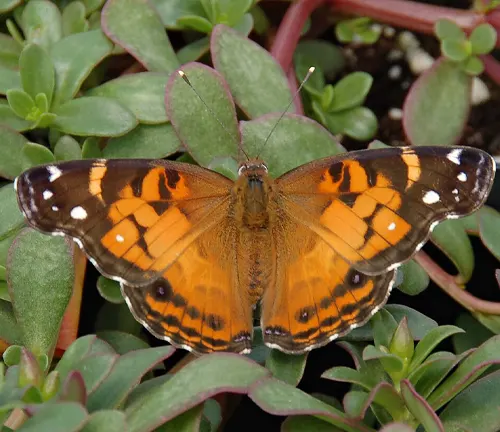
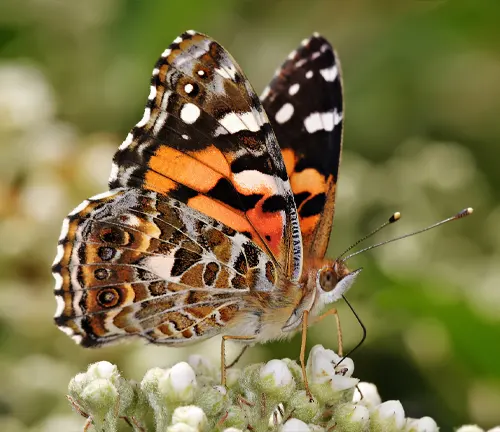
Australian Painted Lady
(Vanessa kershawi)
Found in Australia, this species also shares similarities with Vanessa cardui but has distinct geographic distribution.
West Coast Lady
(Vanessa annabella)
Native to North America, the West Coast Lady is another species that may be referred to as a “painted lady” due to its colorful wing patterns.

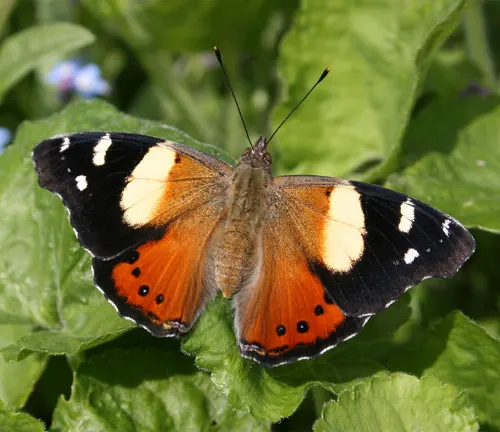
Australian Painted Lady
(Vanessa itea)
Another species found in Australia, Vanessa itea, also bears resemblance to the Painted Lady but has its own unique characteristics.
Frequently Asked Questions (FAQs)
- What is the scientific name of the Painted Lady butterfly?
The scientific name of the Painted Lady butterfly is Vanessa cardui. - Where are Painted Lady butterflies found?
Painted Lady butterflies are found on every continent except Antarctica. They inhabit diverse habitats such as meadows, fields, gardens, and even urban areas. - Do Painted Lady butterflies migrate?
Yes, Painted Lady butterflies are known for their migratory behavior. They undertake extensive journeys, traveling thousands of miles between breeding and overwintering grounds. - What do Painted Lady butterfly caterpillars eat?
Painted Lady caterpillars primarily feed on the leaves of host plants such as thistles, mallows, and nettles. - How long does it take for a Painted Lady butterfly to complete its life cycle?
The complete life cycle of a Painted Lady butterfly, from egg to adult butterfly, typically takes around 4 to 5 weeks under optimal conditions. - Are Painted Lady butterflies attracted to specific types of flowers?
Yes, Painted Lady butterflies are attracted to a variety of flowers that provide nectar as a food source. They have a preference for flowers with bright colors and strong fragrances. - Do Painted Lady butterflies have any natural predators?
Yes, Painted Lady butterflies face predation from various animals, including birds, spiders, insects, and small mammals. Predators target all stages of the butterfly’s life cycle. - How can I attract Painted Lady butterflies to my garden?
To attract Painted Lady butterflies to your garden, you can plant suitable host plants for their caterpillars, such as thistles and nettles, as well as nectar-rich flowers like asters, marigolds, and lavender. - What is the significance of Painted Lady butterflies in ecosystems?
Painted Lady butterflies play a vital role as pollinators, facilitating the fertilization and reproduction of flowering plants. They also serve as a food source for various predators, contributing to ecosystem dynamics. - Do Painted Lady butterflies hibernate during the winter months?
While some populations of Painted Lady butterflies overwinter in warmer regions, others migrate to avoid cold temperatures. They may enter a state of dormancy during winter months in colder regions.


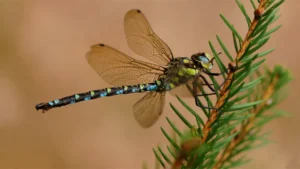

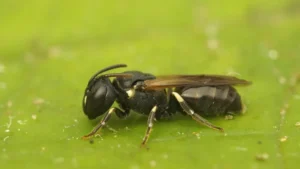
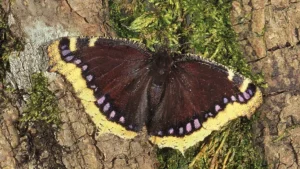

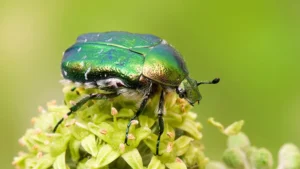
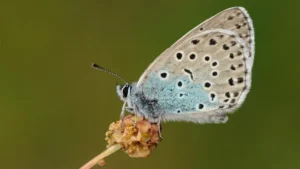


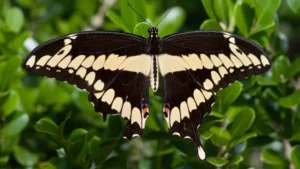


Leave your comment